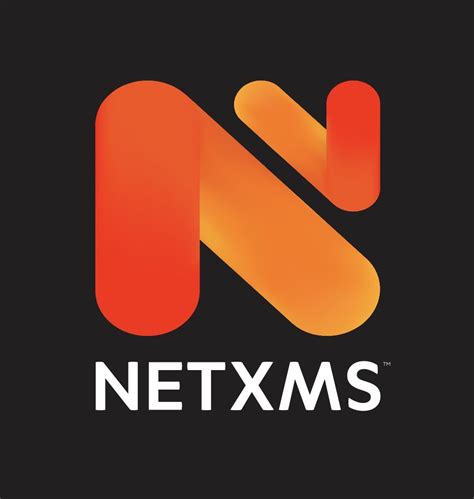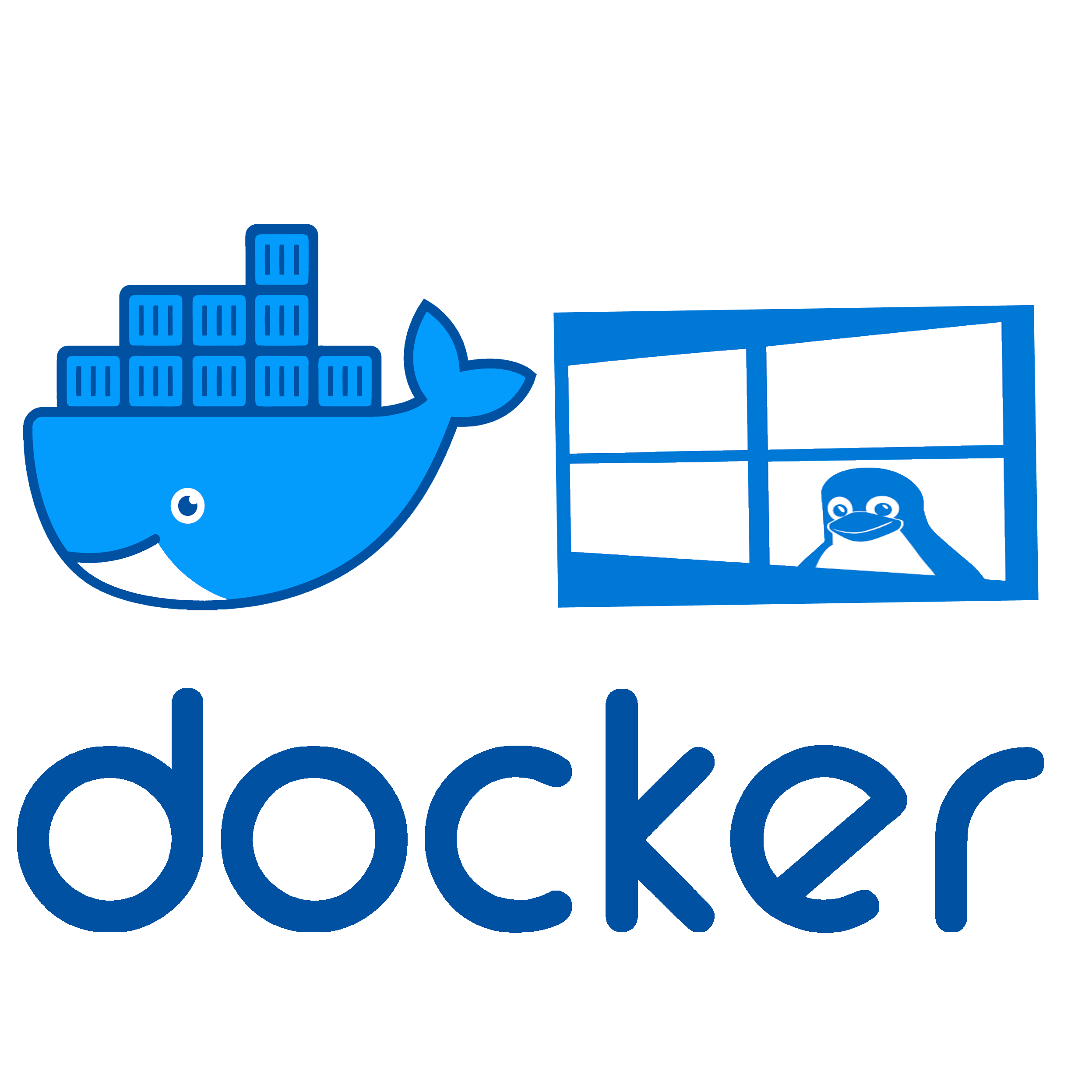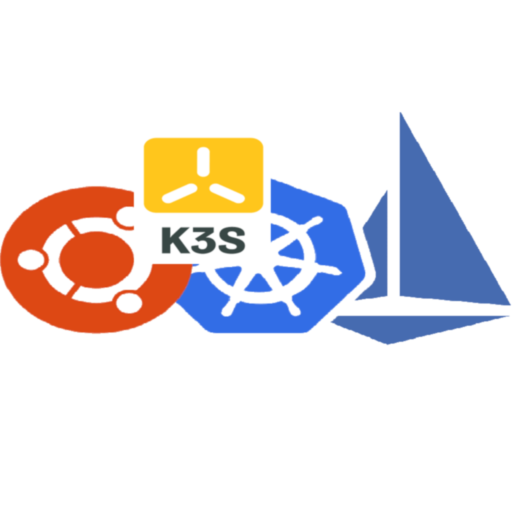NetXMS – Unified Monitoring for Networks, Servers, and Everything in Between
What is NetXMS
NetXMS is a cross-platform, agent-based monitoring system that aims to cover it all: network devices, Windows and Linux servers, virtual machines, applications, and services. Think of it as a mix between traditional SNMP polling, active agent checks, and service monitoring — all rolled into one system with a native GUI.
Unlike tools that only do one layer well (say, network discovery but no OS metrics), NetXMS works top to bottom. It talks SNMP, deploys its own agents, visualizes topology, and offers built-in alerting and automation. The management console runs on Windows, Linux, or even via a browser, and everything is controlled from a central server.
Technical Overview
| Attribute | Description |
| Architecture | Central server with optional proxy and agent nodes |
| Supported OS | Windows, Linux, macOS, BSD, embedded systems |
| Protocols | SNMP, ICMP, SSH, native agent, WMI, SMB, HTTP/S |
| Discovery | Automatic with topology mapping |
| Visualization | Layer 2/3 maps, dashboards, network views |
| Web Interface | Fully featured and mobile-friendly |
| Alerting | Rule-based; supports scripts, email, SNMP trap, custom actions |
| Database Backend | PostgreSQL or Microsoft SQL Server |
| Remote Deployment | Built-in tools for agent rollout and configuration |
| License | GPLv2 |
| Website | https://netxms.org |
How It Works in Practice
You install the NetXMS server, fire up the desktop console or web UI, and start scanning. Devices are found via SNMP or agent discovery, and then categorized: switches, servers, UPS devices, printers, routers. For each, you can assign custom data collection policies, graph metrics, and define alerts.
It’s not “just SNMP” — the NetXMS agent is light and fast, and can return OS info, process counts, memory stats, even custom script results. You can schedule scripts, automate actions, or push config changes from the server side.
The topology view is helpful, especially in larger environments, and supports both auto-generated and manually maintained maps.
Best Use Cases
– Hybrid networks with both SNMP and OS-level monitoring needs
– Teams that want to manage device maps, metrics, and alerts from a single place
– Environments with remote offices using proxy nodes for traffic control
– Replacing fragmented setups with one unified system
– Admins who prefer native clients over browser-only interfaces







